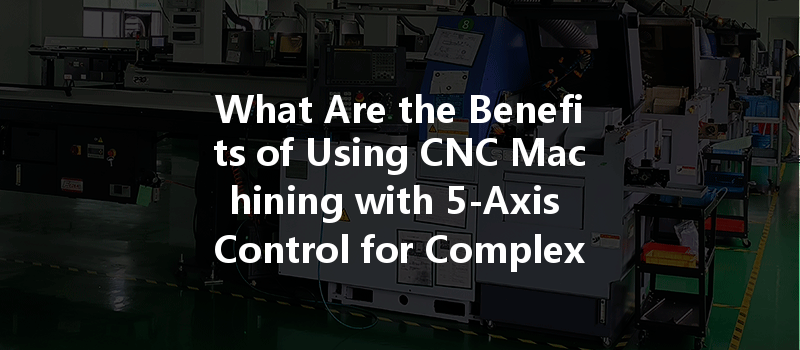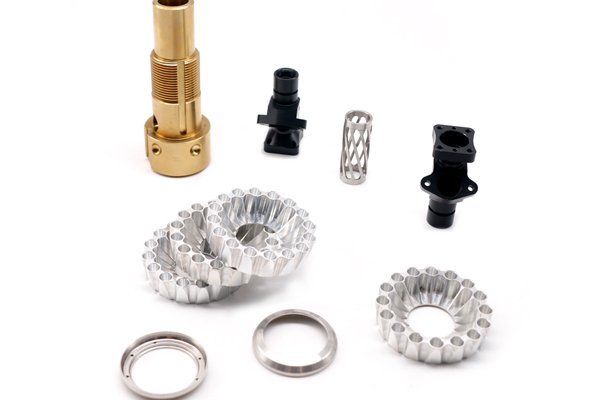:
Did you know that in the aerospace industry alone, the precision engineering sector is projected to grow to a staggering $3.7 billion by 2025? As industries continue to demand an ever-increasing level of precision in manufacturing, CNC machining technology is evolving to meet these needs. In particular, the 5-axis CNC machining process has emerged as a game-changer for fabricating complex geometries.
The evolution of CNC (computer numerical control) machining has allowed manufacturers to produce intricate parts and components that were once thought impossible. From aerospace and automotive to medical devices and beyond, 5-axis CNC machining is revolutionizing the manufacturing landscape. In this comprehensive blog, we will delve deep into why 5-axis CNC machining is essential, its benefits, different applications, and how it solves some of the industry’s most pressing challenges.
—
Before we dive into the particulars of 5-axis machining, let’s clarify what CNC machining is. CNC machining refers to the automated control of machining tools via software. This technology uses computer programs to control the movement and operation of machines, providing a level of precision that traditional machining methods simply cannot achieve.
Understanding 5-Axis Machining:
In conventional CNC machining methods, machining typically occurs along just three axes: X, Y, and Z. However, 5-axis CNC machining adds two additional rotational axes (A and B), enabling the tool to move freely around a workpiece, regardless of its geometry. This flexibility allows for a more diverse range of angles and complex shapes, catering to intricate designs that require high precision.
—
Using 5-axis CNC machines facilitates the tooling position’s adjustment, leading to ever-greater accuracy in creating complex geometries. This enhanced precision is advantageous for components where tight tolerances are critical, such as in aerospace or medical applications.
One of the most significant benefits of 5-axis machining is the ability to machine multiple sides of a part in one setup. This technology minimizes the need for re-clamping or repositioning, significantly reducing the time spent on setups. For manufacturers, this means higher productivity and optimization of machine usage.
The improved trajectory and cutting paths available with 5-axis machining reduce the wear on tools. The machine can engage cutting tools at more favorable angles, minimizing stress on the tooling and prolonging their lifespan.
5-axis CNC machining shines with complex parts, allowing the manufacturing of intricate designs that would be impossible or extremely difficult to achieve using traditional 3-axis machines. The enhanced capabilities introduce more possibilities for design innovations.

With increased control over cutting angles and added pathways, 5-axis machining can achieve superior surface finishes with reduced need for manual polishing or secondary operations. This is particularly beneficial in sectors requiring both aesthetic and functional elements.
—
—
While 5-axis machining offers numerous advantages, challenges still exist. These include:
—
In a rapidly evolving manufacturing landscape, the benefits of 5-axis CNC machining for creating complex geometries are irrefutable. From enhanced precision and efficiency to the ability to handle intricate designs, this technology redefines what is possible in CNC machining.
In essence, companies willing to embrace 5-axis machining will not only improve their manufacturing processes but will also enjoy a competitive edge in their respective industries. As you consider the implications of integrating 5-axis technology into your operations, remember that the world of precision engineering is advancing rapidly, and those who keep up with the latest innovations will be well-positioned for success.
So, whether you are a manufacturer looking to enhance your production capabilities or an engineer interested in design possibilities, 5-axis CNC machining is undoubtedly worth your time and consideration. As the demand for precision continues to grow, investing in this technology will ensure that you not only meet these challenges but thrive in the future of manufacturing.






